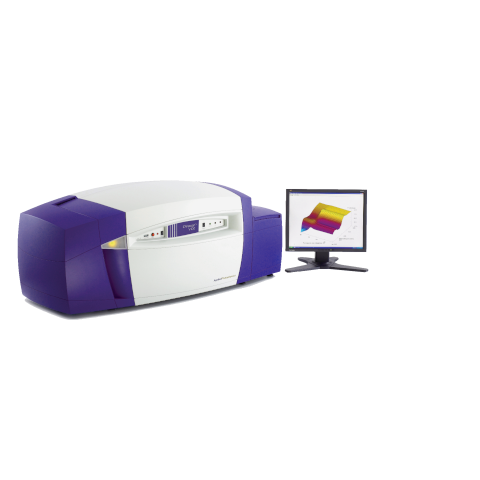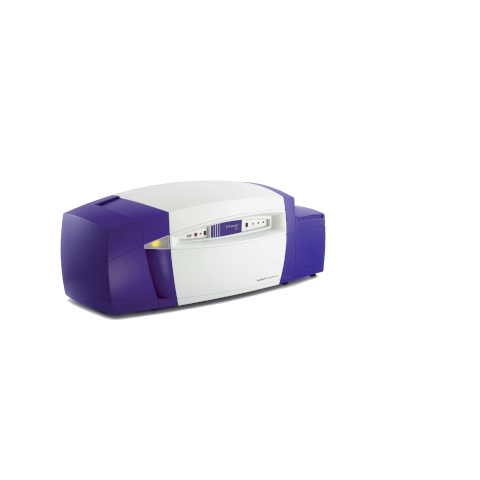Validated by industry, acknowledged by the FDA — our systems bridge insight and compliance in biopharma workflows.
FDA recognises circular dichroism
When the FDA wanted to talk CD for HOS, they called us. Here’s what we shared.
FDA recognises circular dichroism
 FDA: Circular dichroism for the characterization of high order structure of biotherapeuticsAt Applied Photophysics, we believe that the key to success is to listen to our customers and understand the challenges they face when using circular dichroism for characterization. The resulting knowledge enables us to support our customers with technical solutions and advice. I was recently over-joyed when our expertise in CD was recognised by the US Food and Drug Administration, for the third time, in the form of an invitation to present on our company’s experiences developing and supplying CD systems into the biopharma industry and on what we think the future will look like.I flew from London to meet Marc Neglia, President of Applied Photophysics Incorporated, and after a tour of new and established CD users in the area (and a stop at the Smithsonian) we headed to Silver Spring (MD) to join our host, Ewa Marszal of the protein aggregates group, at the FDA.The well attended presentation reviewed the importance of characterizing higher order structure and how information on HOS can serve as a bridge between biochemical and functional studies. For example, a post translational modification in a mAb may or may not perturb the over-all structure and may or may not affect efficacy. Information at all three levels is essential for the required deep understanding of the molecule.We discussed how more and more groups are choosing near-UV CD, which provides information on tertiary protein structure, and differential scanning calorimetry as their go-to-methods for HOS characterization based on ability to detect relevant changes and the need for orthogonality.
FDA: Circular dichroism for the characterization of high order structure of biotherapeuticsAt Applied Photophysics, we believe that the key to success is to listen to our customers and understand the challenges they face when using circular dichroism for characterization. The resulting knowledge enables us to support our customers with technical solutions and advice. I was recently over-joyed when our expertise in CD was recognised by the US Food and Drug Administration, for the third time, in the form of an invitation to present on our company’s experiences developing and supplying CD systems into the biopharma industry and on what we think the future will look like.I flew from London to meet Marc Neglia, President of Applied Photophysics Incorporated, and after a tour of new and established CD users in the area (and a stop at the Smithsonian) we headed to Silver Spring (MD) to join our host, Ewa Marszal of the protein aggregates group, at the FDA.The well attended presentation reviewed the importance of characterizing higher order structure and how information on HOS can serve as a bridge between biochemical and functional studies. For example, a post translational modification in a mAb may or may not perturb the over-all structure and may or may not affect efficacy. Information at all three levels is essential for the required deep understanding of the molecule.We discussed how more and more groups are choosing near-UV CD, which provides information on tertiary protein structure, and differential scanning calorimetry as their go-to-methods for HOS characterization based on ability to detect relevant changes and the need for orthogonality.
Did you know that Near and Far UV CD were used/proposed in 96% of biosimilars applications according to a recent FDA survey?
We discussed data quality in terms of reproducibility, signal: noise and achievable measurement range and I showed the potential available from cutting edge technology combined with good experimental design.
We also discussed the challenge of obtaining objective information from CD to drive decision making. Is it appropriate to derive %-helix and %-sheet from far-UV CD data or do the uncertainties associated with the method over-shadow the benefit of that information? There is a growing trend to use alternative numerical approaches which are equally applicable to near-UV CD, for example weighted spectra difference (Teska et al 2013 and Dinh et al 2014). We discussed how the output of these approaches can be used in quality range plots to meet regulatory expectations for biosimilars. Examples of which are available in the posters section of our website.
The lengthy discussion focused on industry-adoption of objective approaches for CD. Applied Photophysics continues to promote good CD methodology and are ready to help you get more valuable information from your HOS characterizations.
Please contact us for more information.



